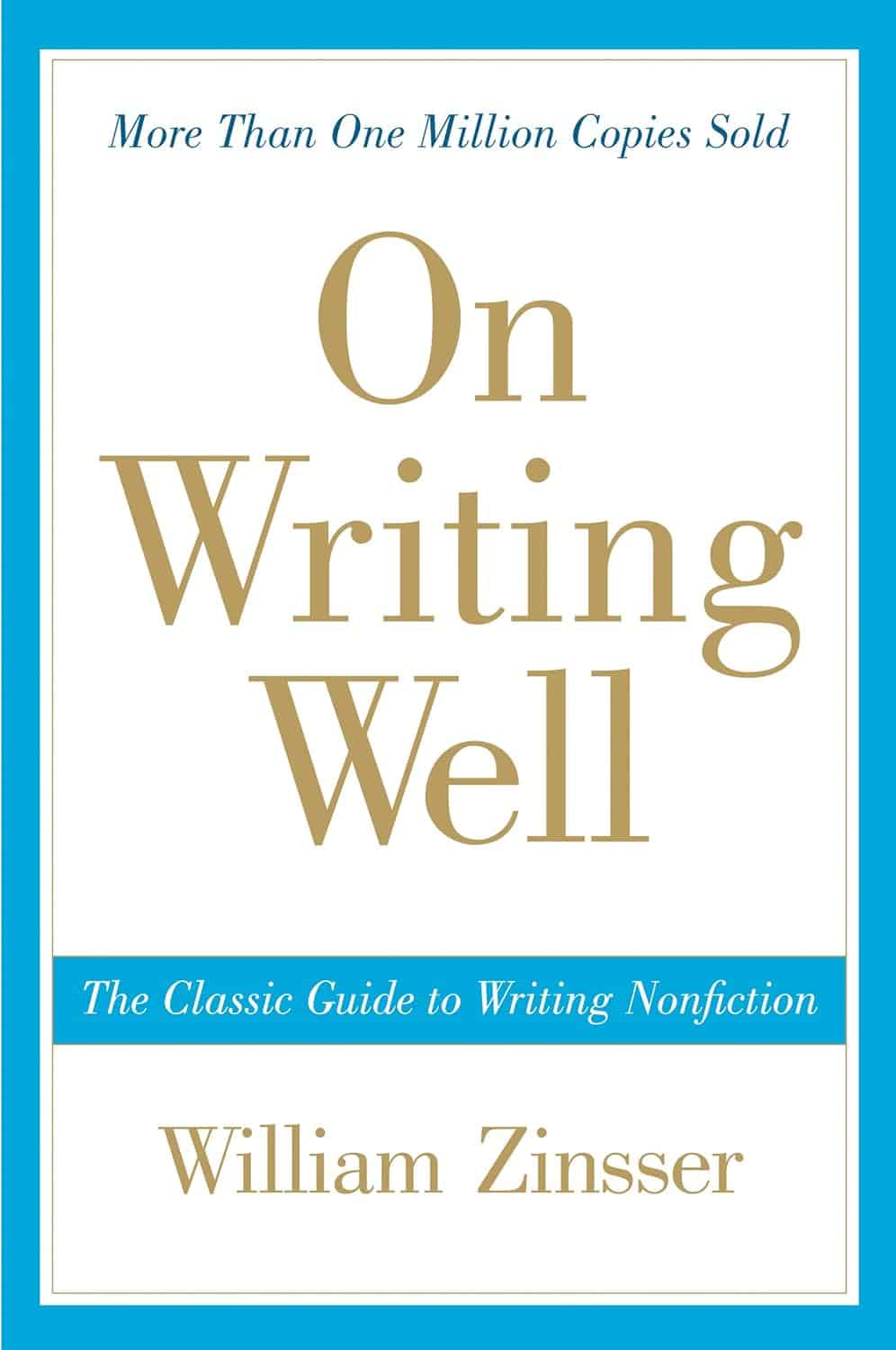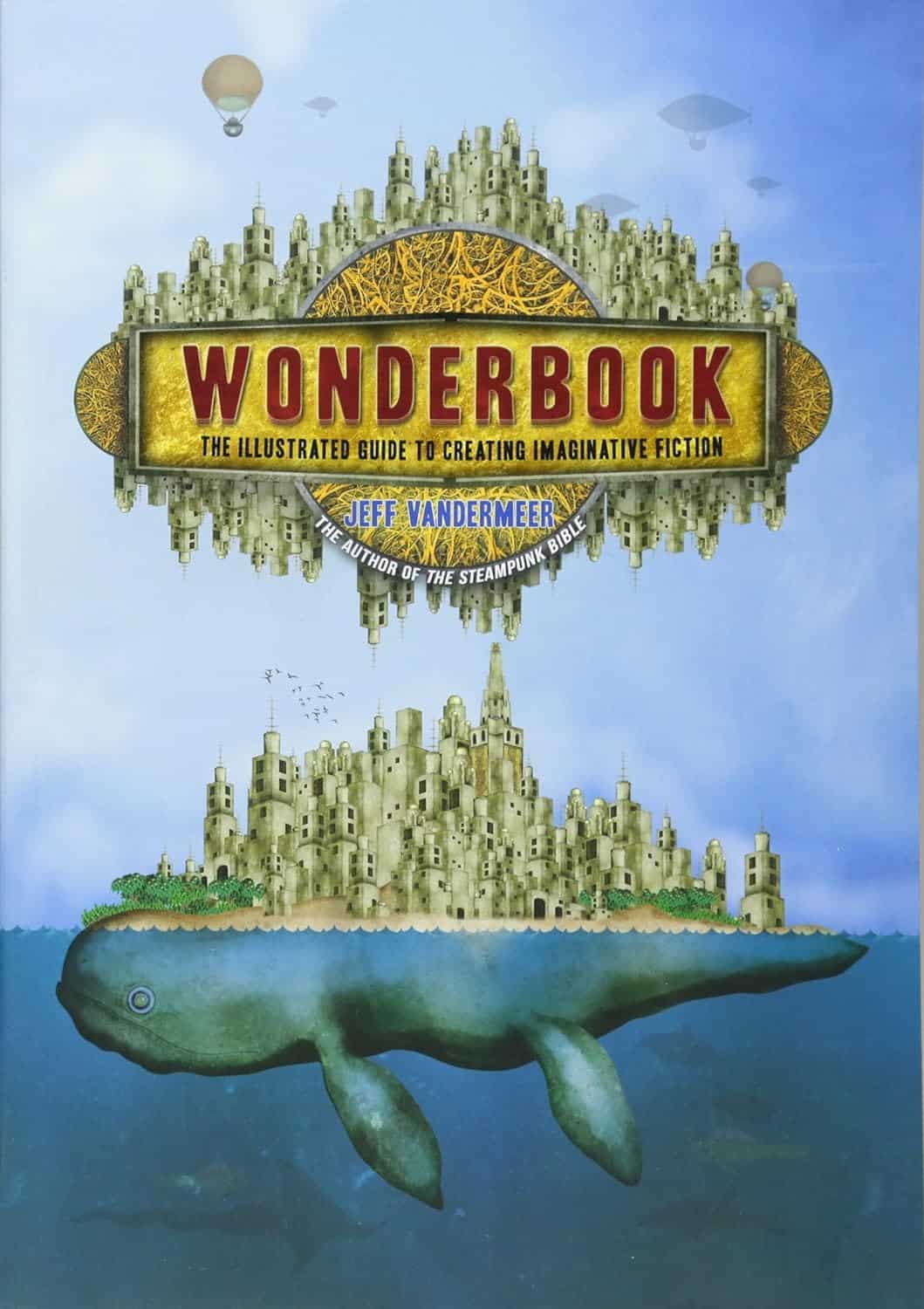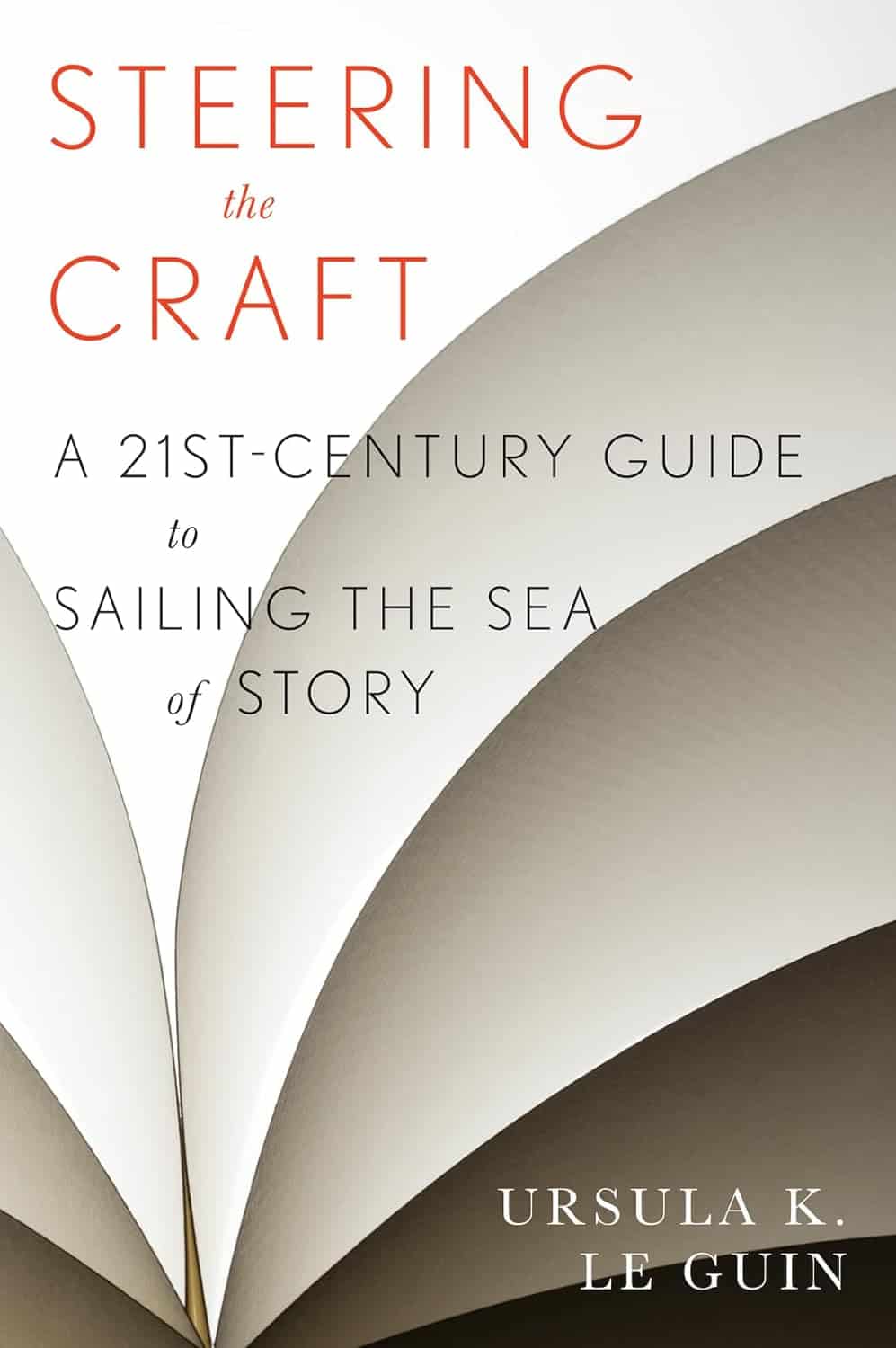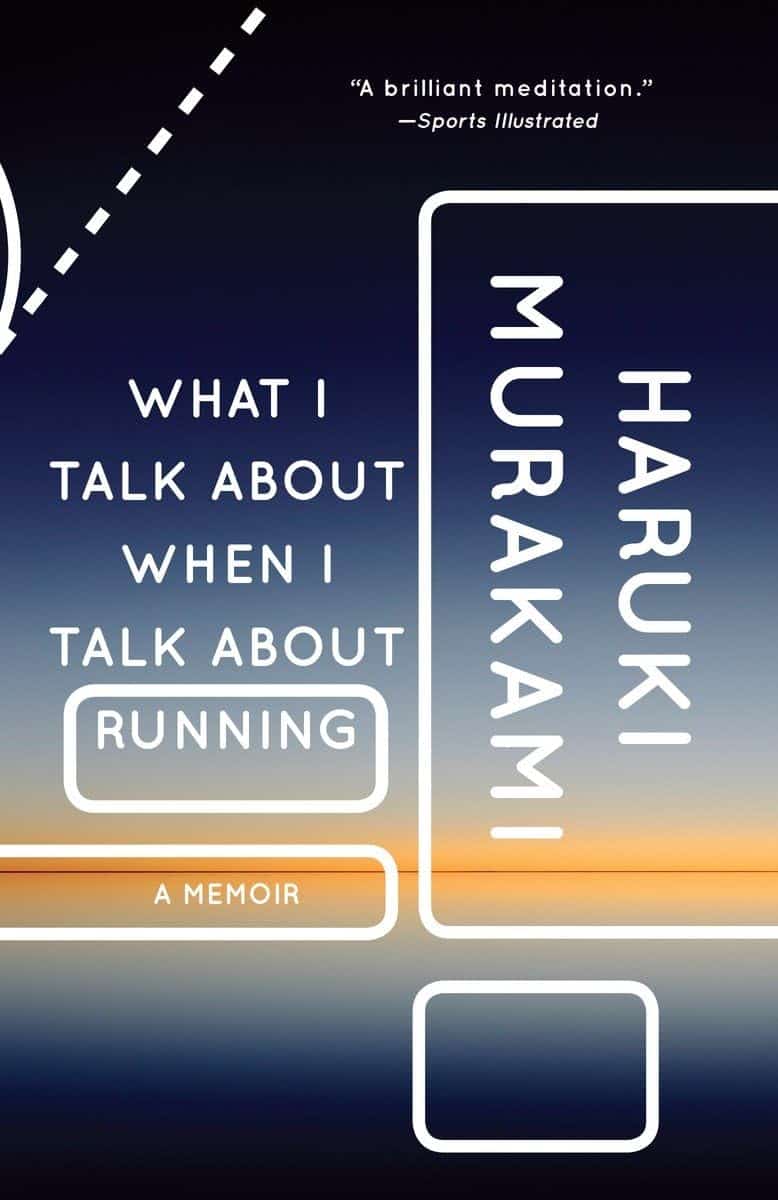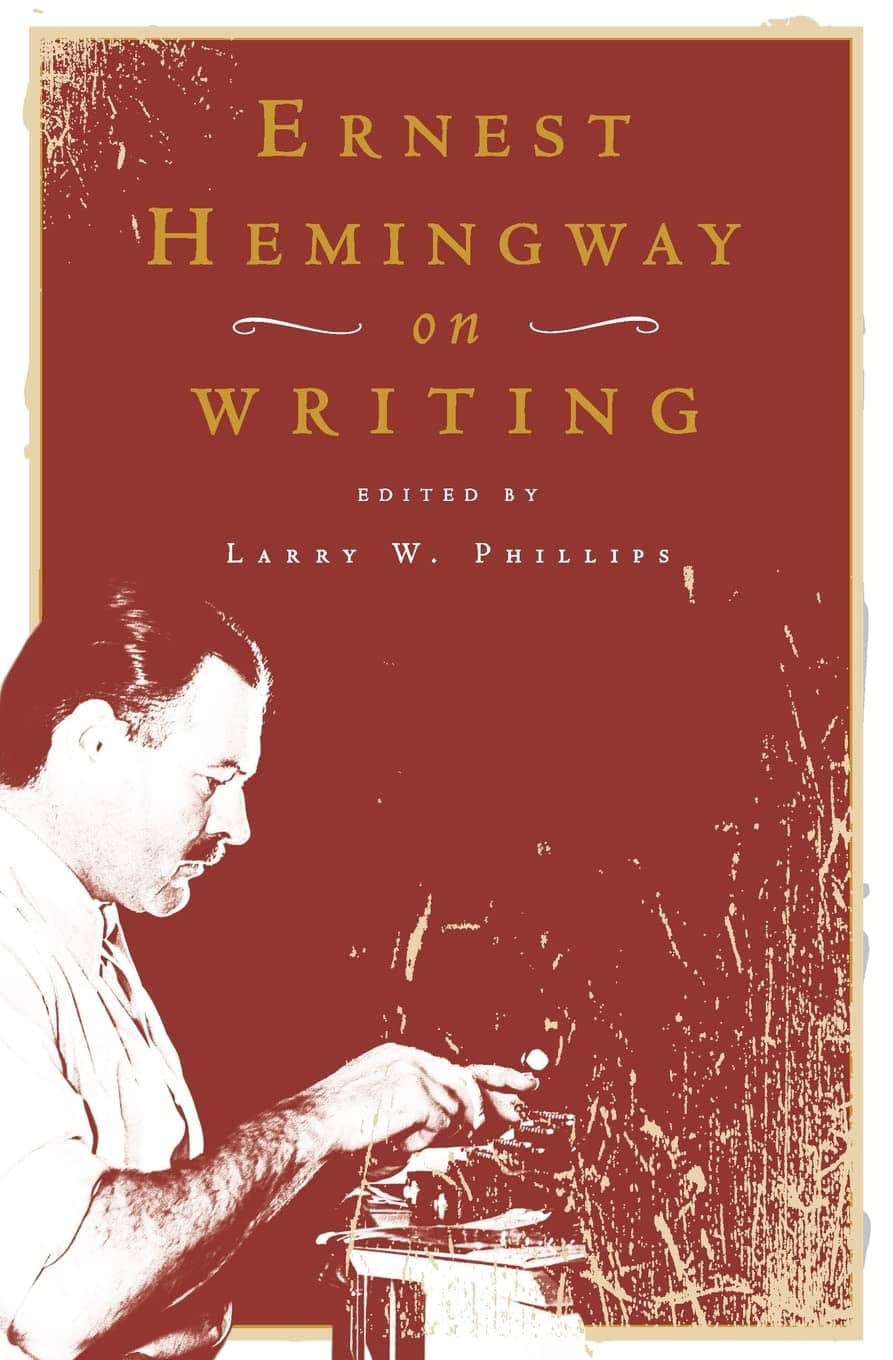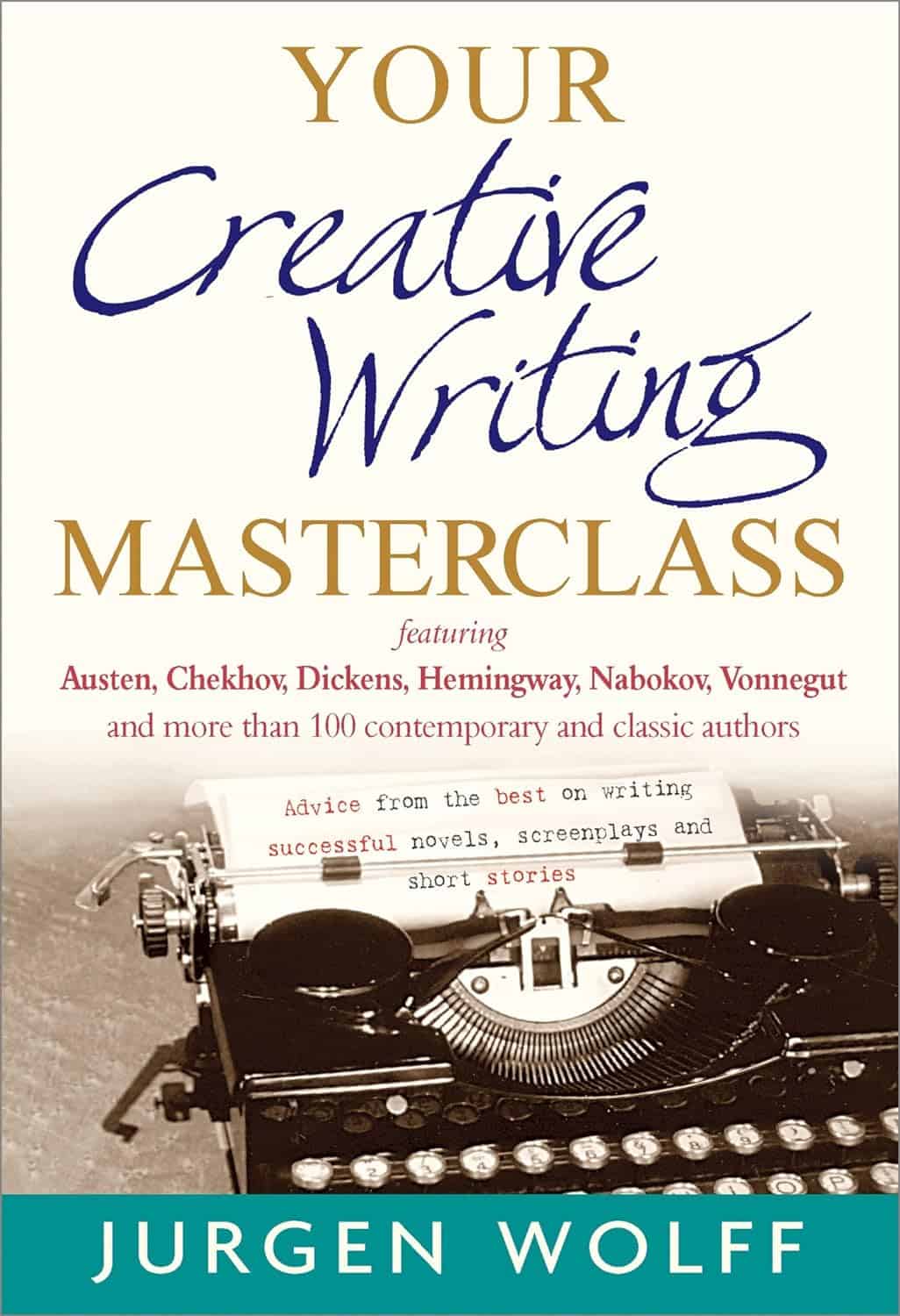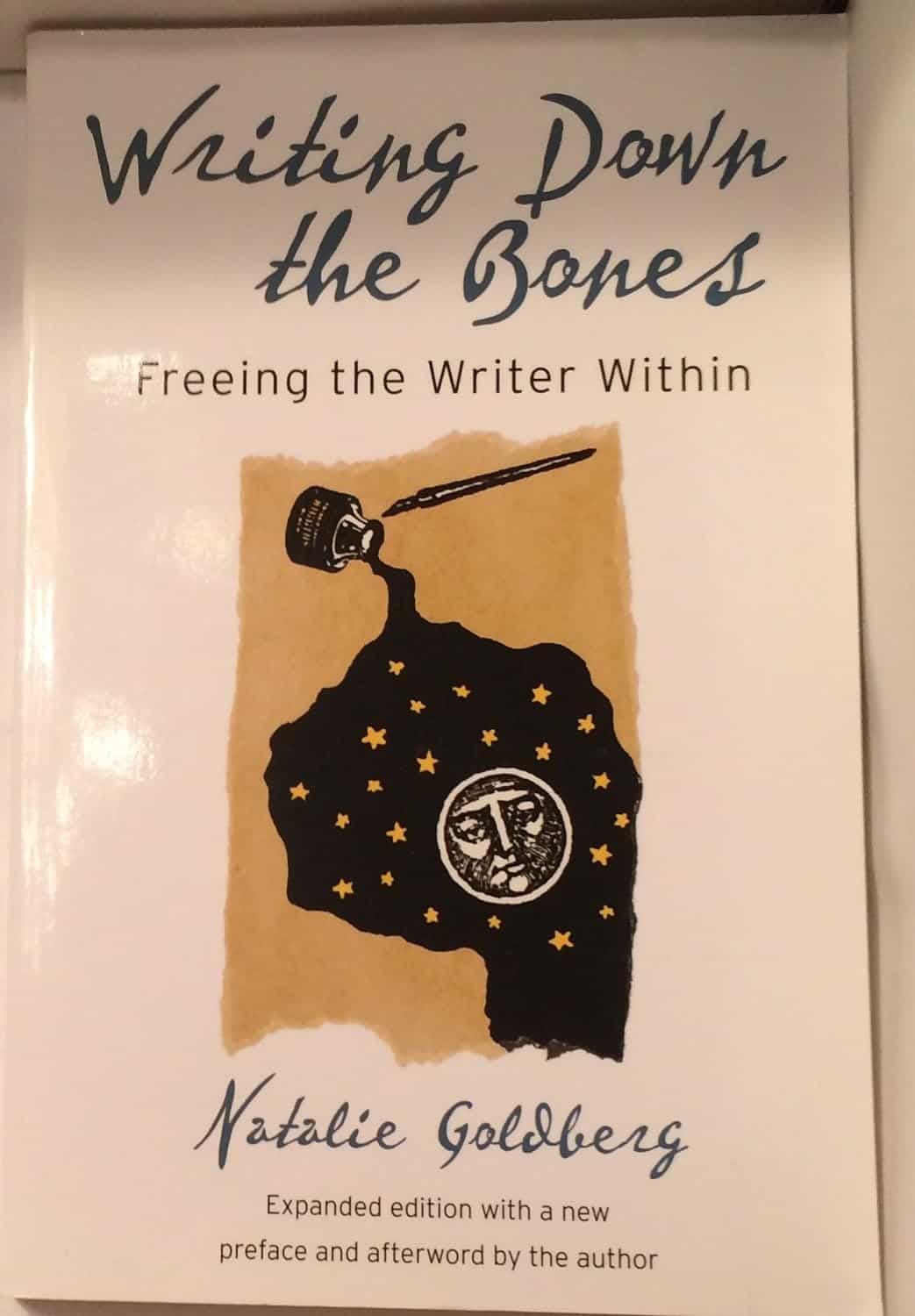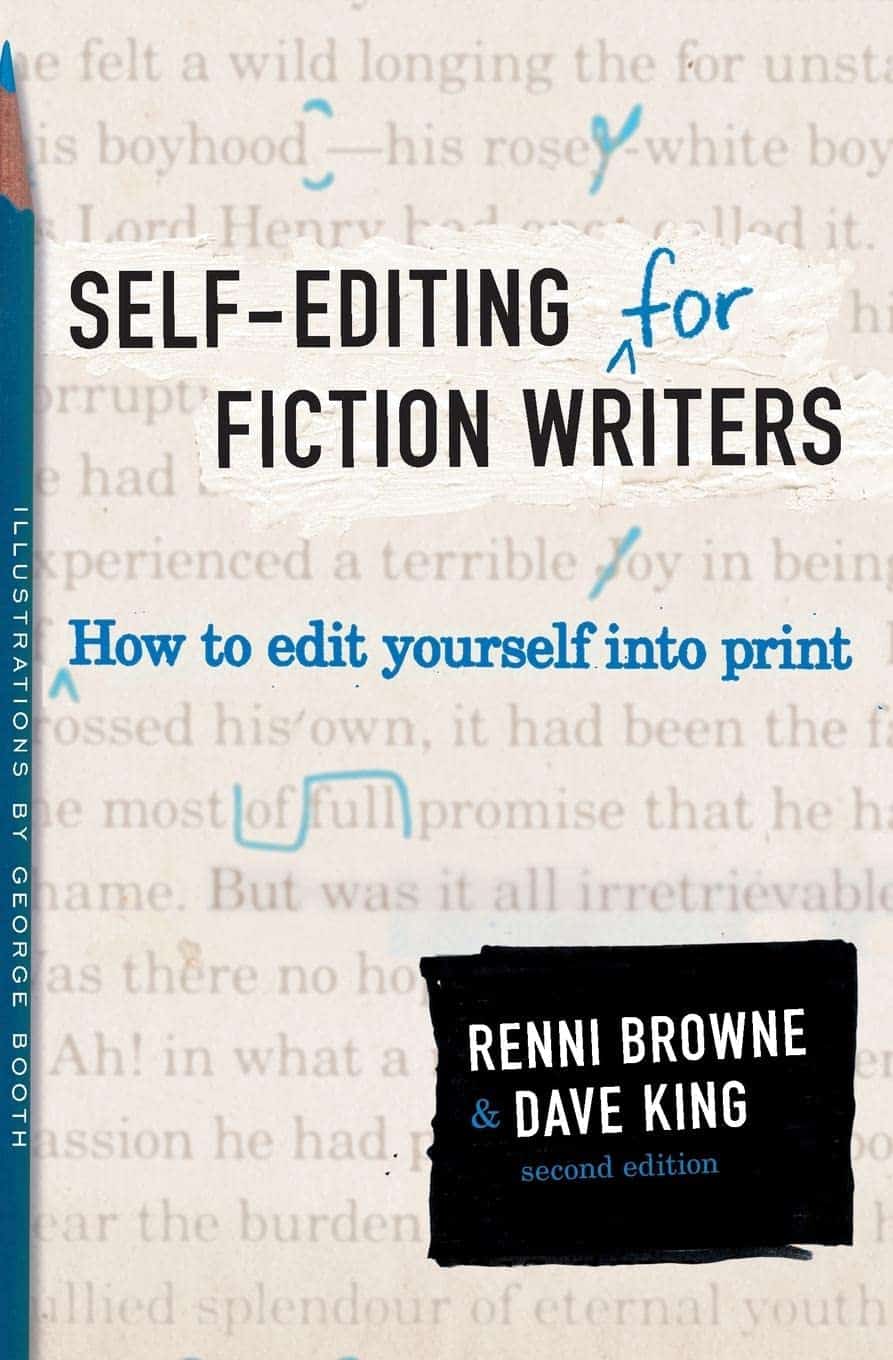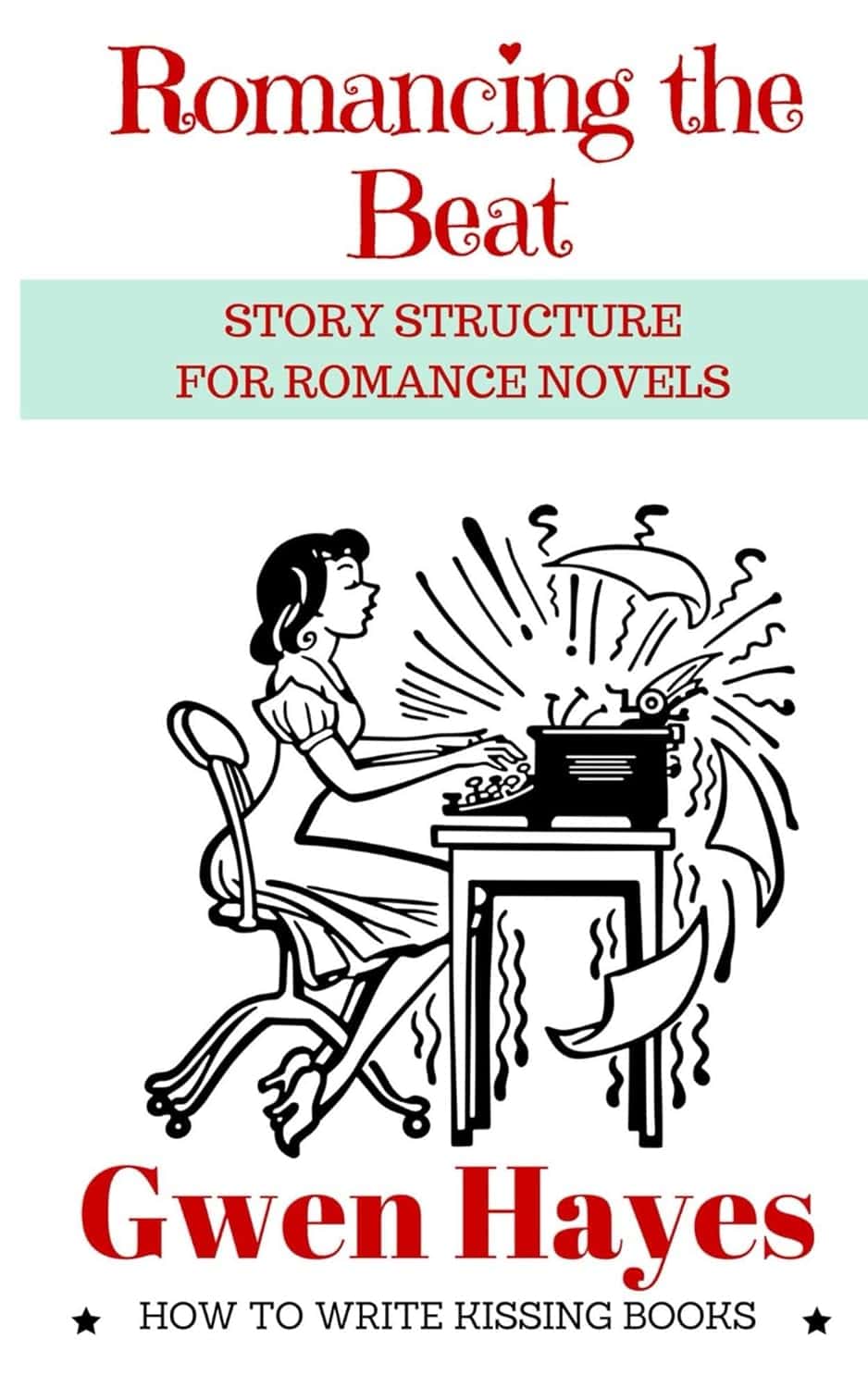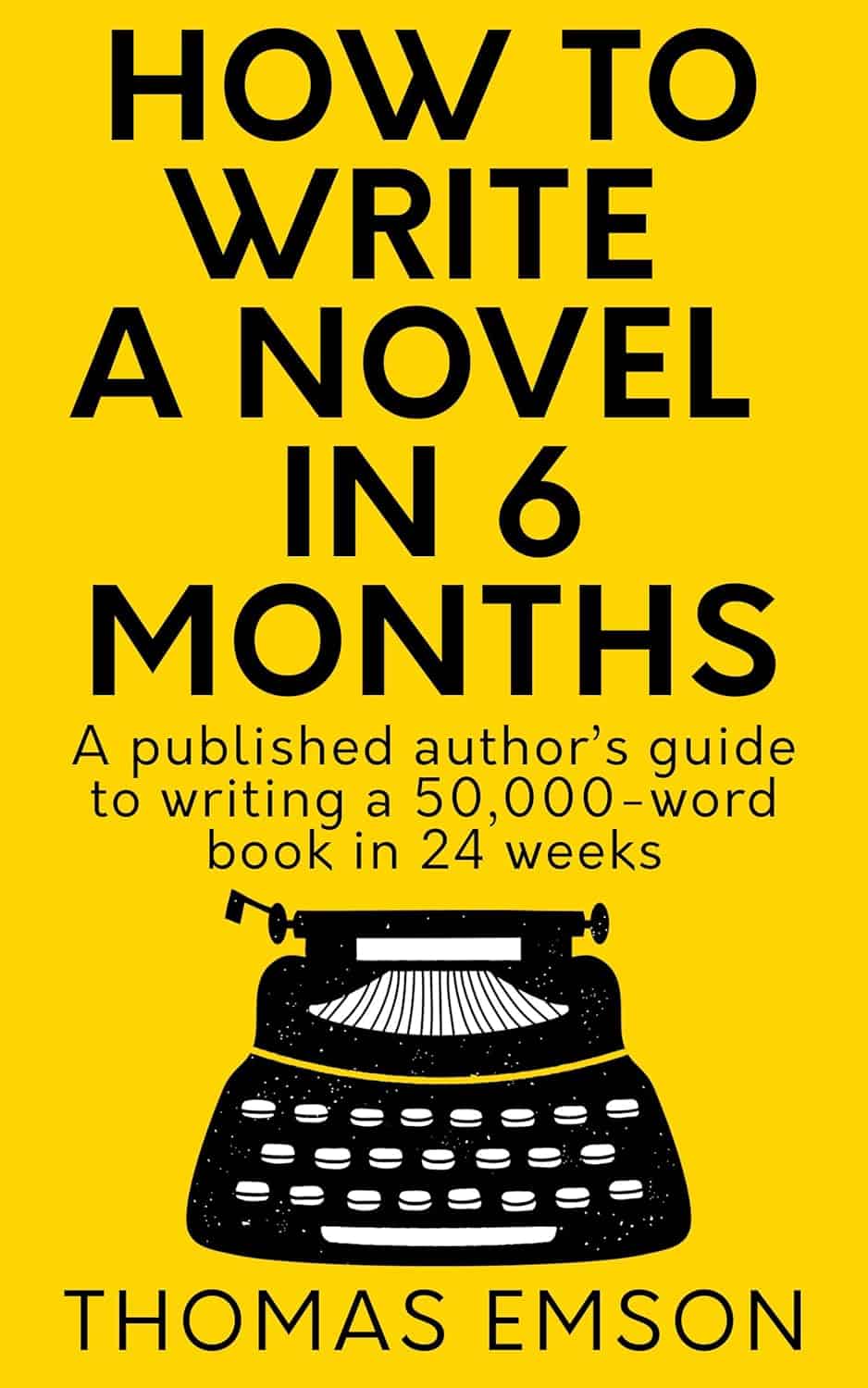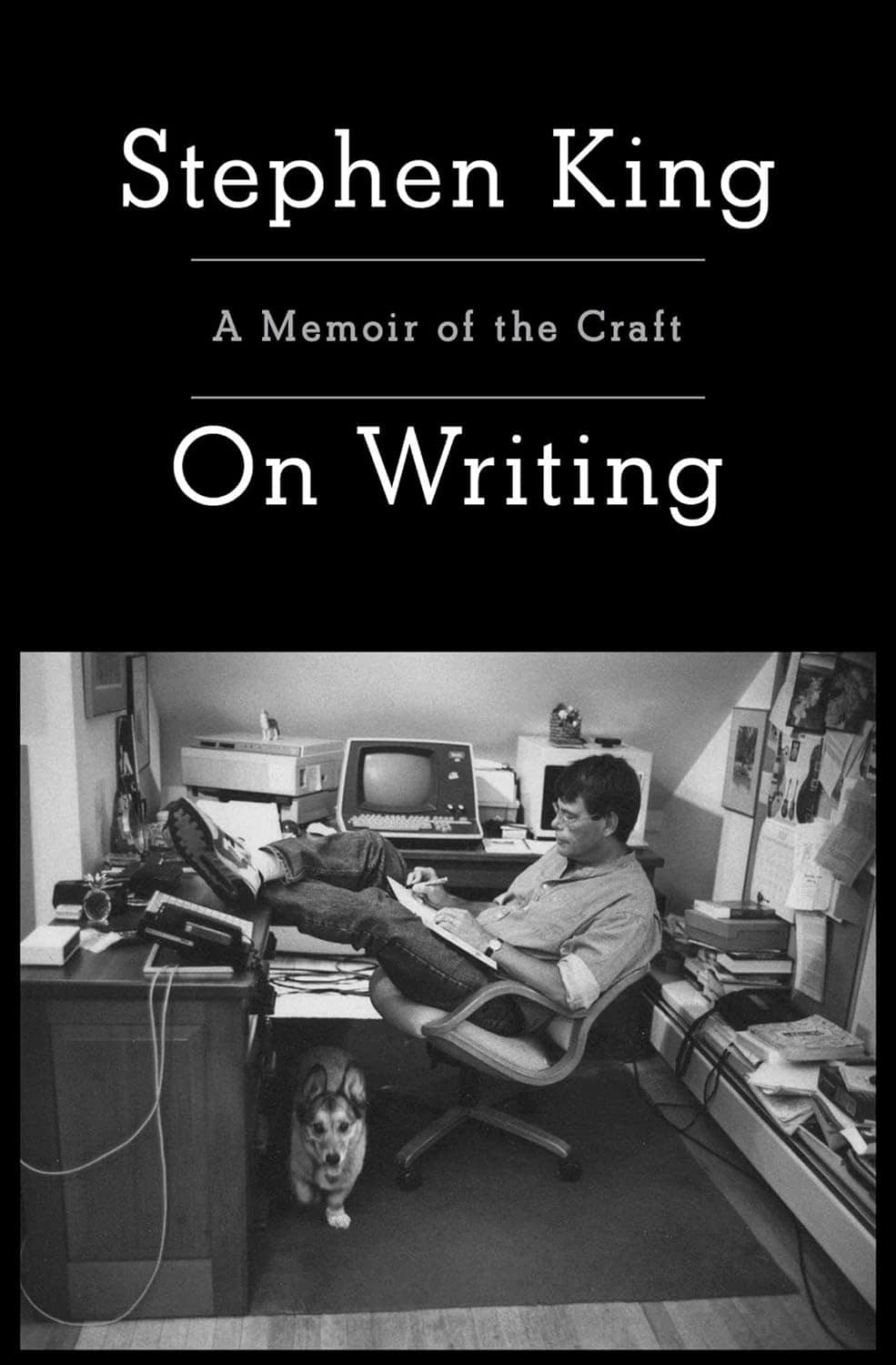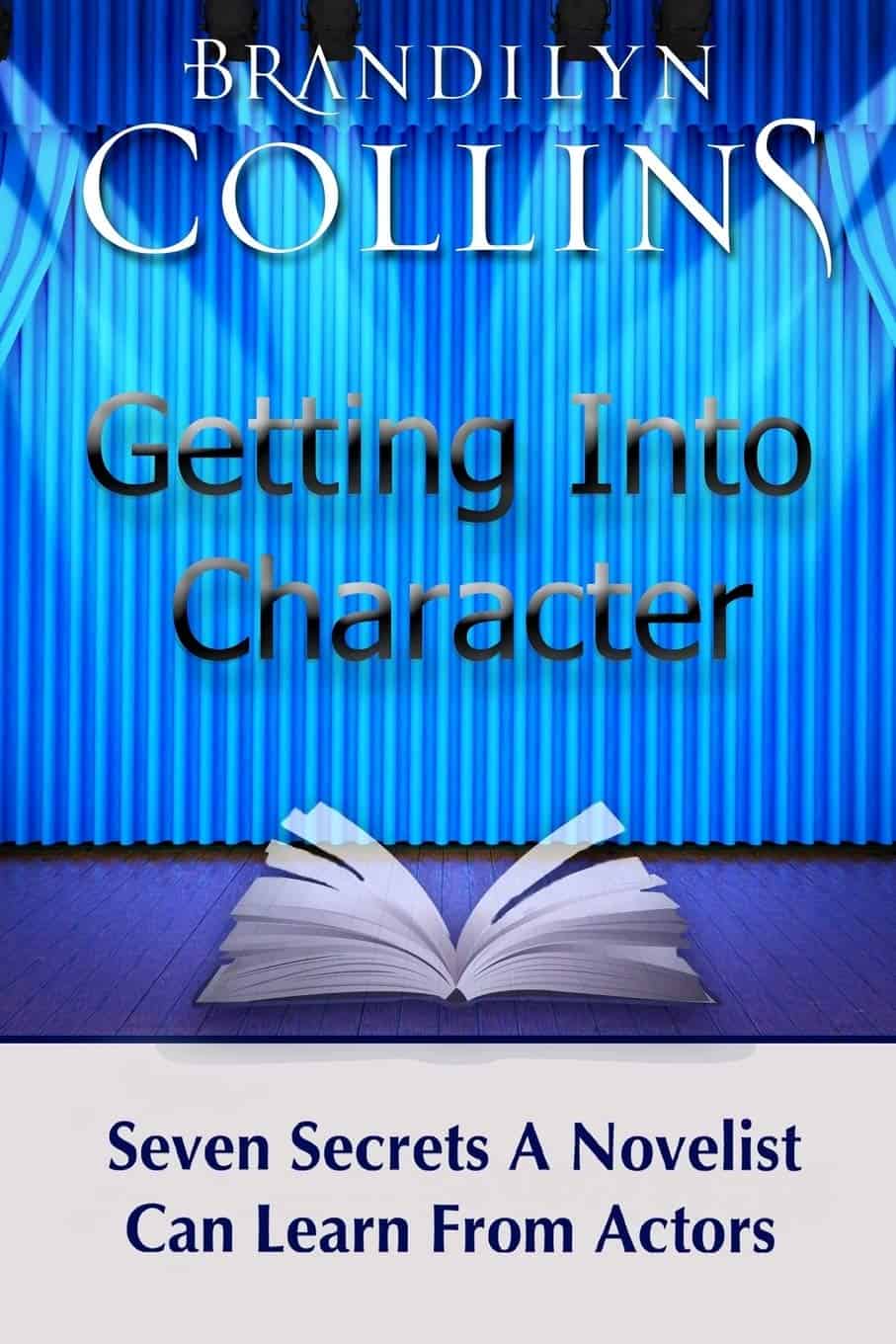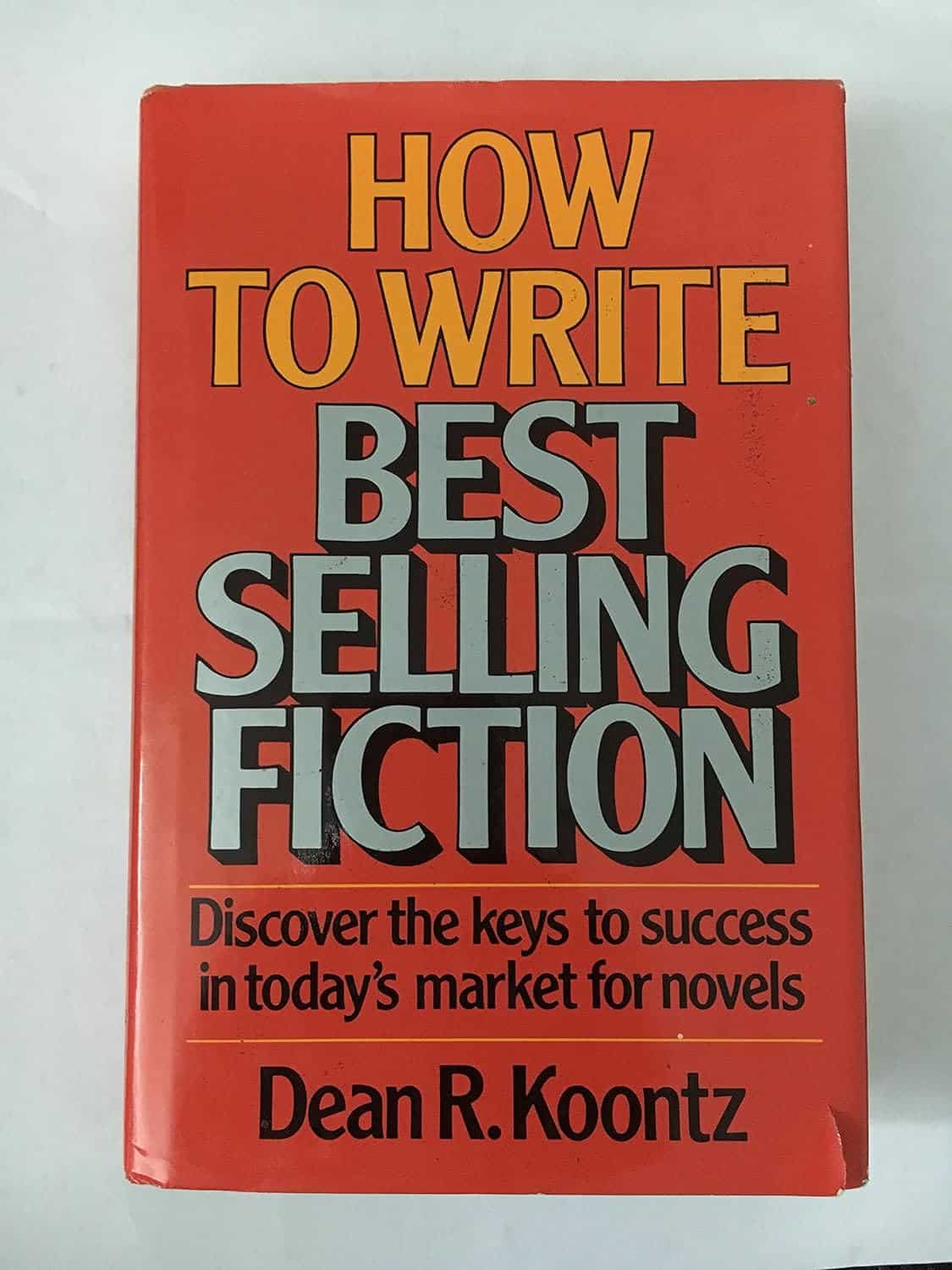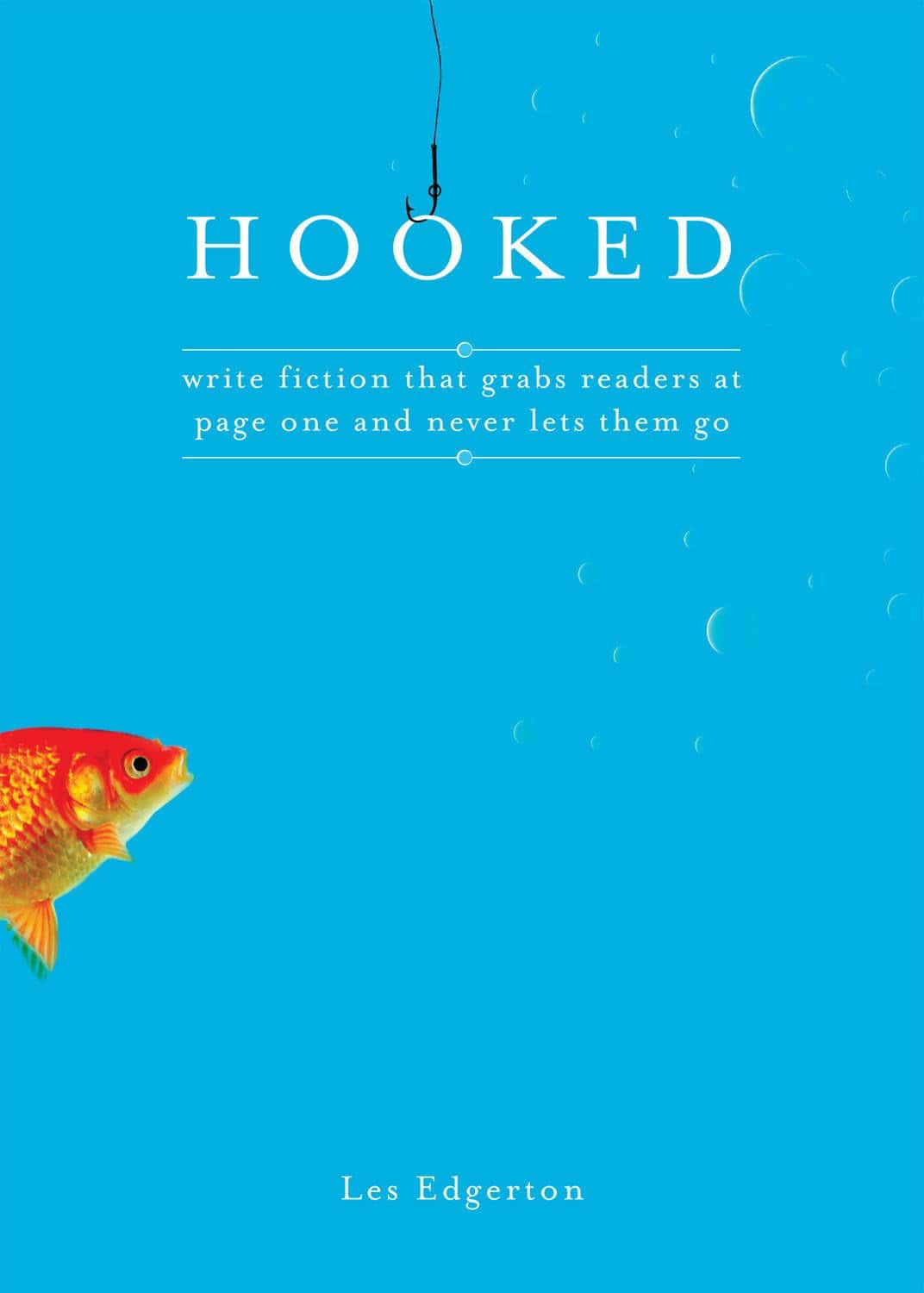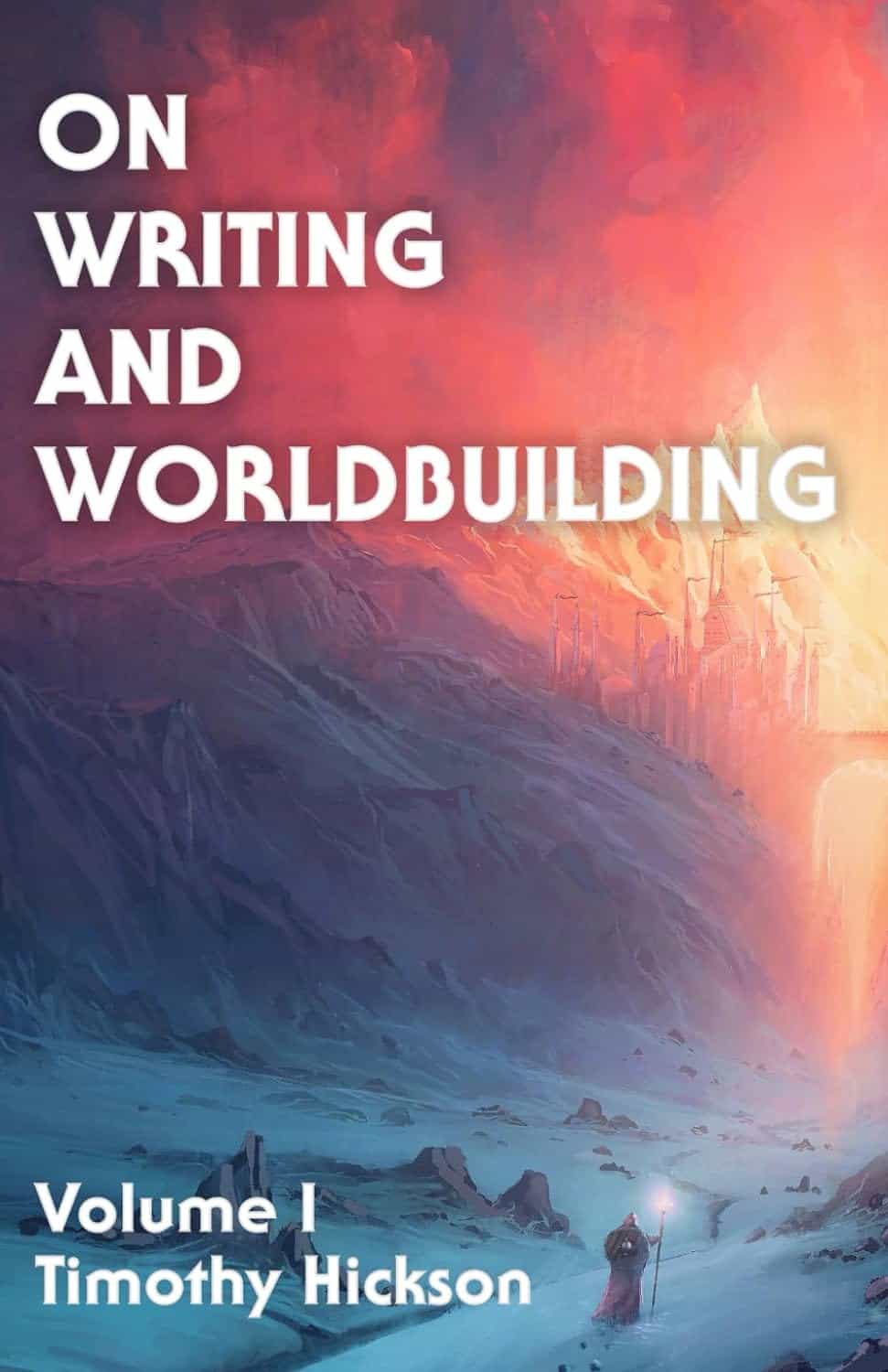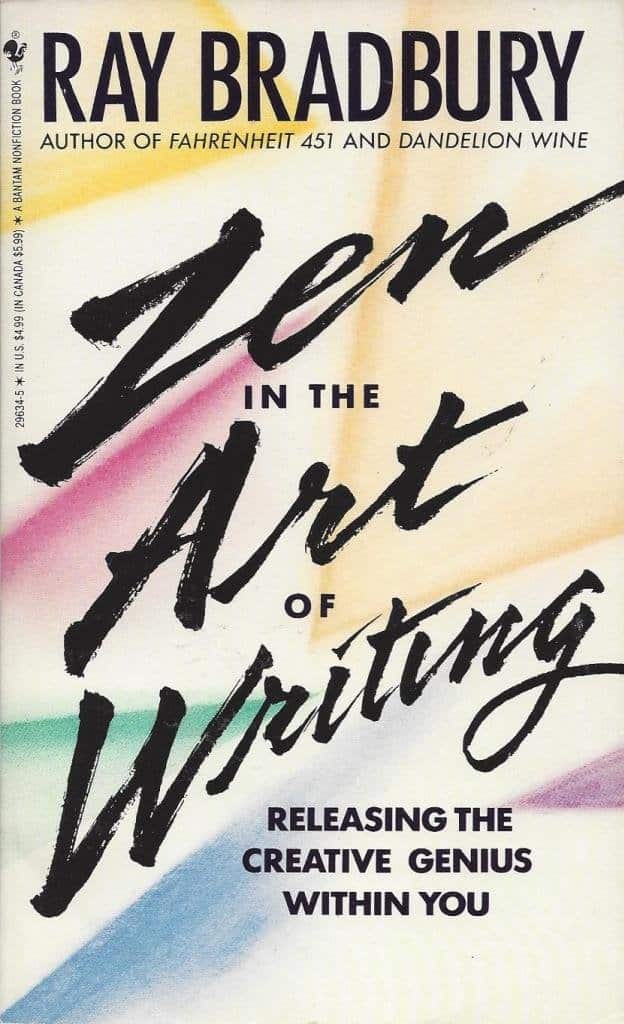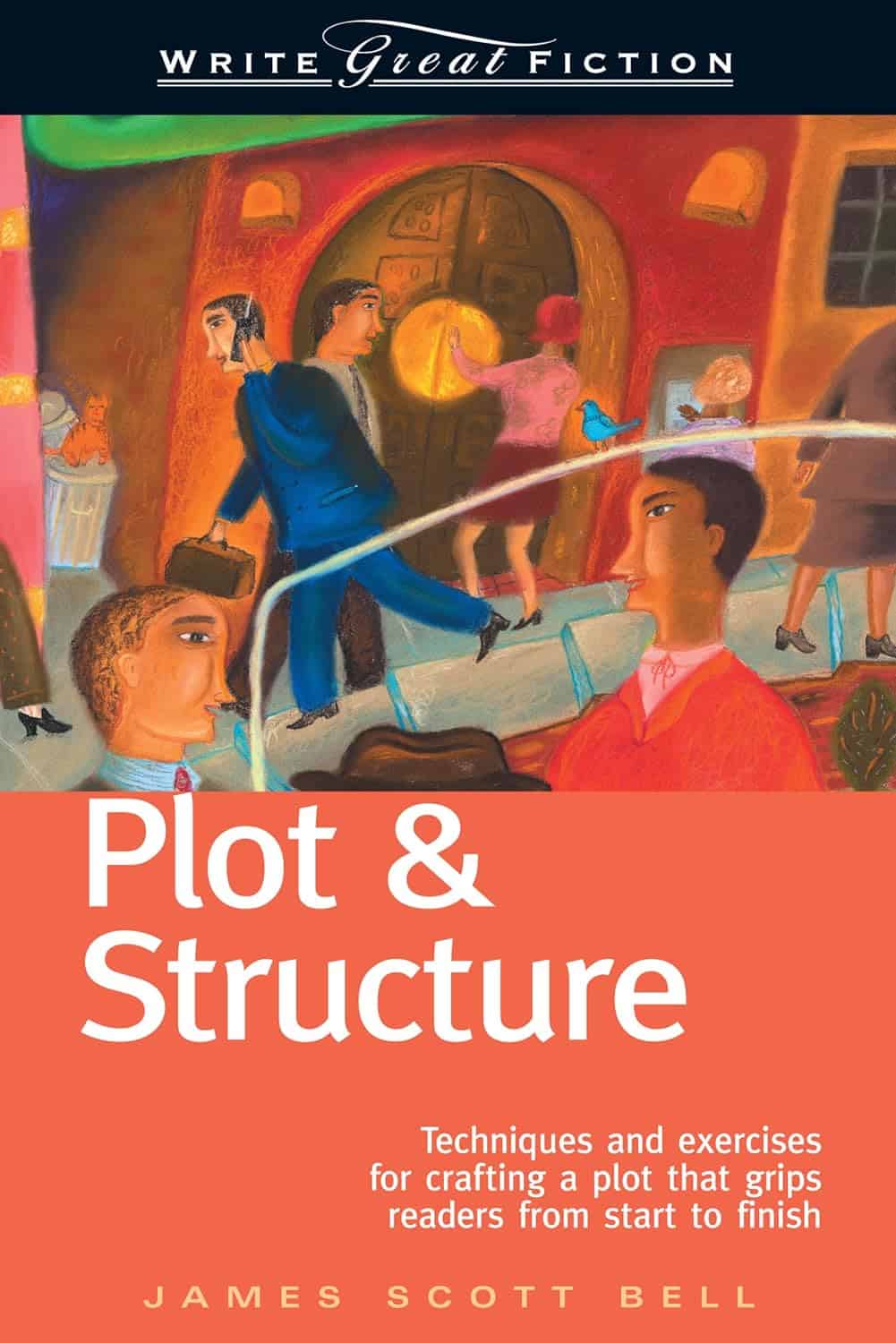For aspiring writers, finding the right resources to improve their craft is essential. One of the most valuable resources available is books on writing. These books offer guidance, inspiration, and practical advice on everything from crafting compelling characters to developing a writing routine. In this article, we will explore some of the best books on writing to help writers of all levels hone their skills and achieve their writing goals.
Whether you are a beginner or a seasoned writer, there is always room for improvement. The books on this list cover a wide range of topics, including fiction, nonfiction, memoir, and poetry.
Each book offers a unique perspective on the craft of writing and provides valuable insights that can help writers improve their work. So, whether you are looking to develop your writing skills, overcome writer’s block, or simply find inspiration, these books are sure to help you on your writing journey.
1. Virginia Woolf “A Room of One’s Own”
Virginia Woolf’s “A Room of One’s Own” is a classic feminist text that explores the relationship between women and literature. In this book, Woolf argues that women need a room of their own and financial independence in order to write and create art.
Some key points from “A Room of One’s Own” include:
- The importance of economic independence for women writers
- The history of women’s exclusion from the literary canon
- The need for women to have a physical space of their own in which to write
- The impact of gender on the writing process and literary criticism
Woolf’s writing is both insightful and thought-provoking, and her arguments continue to resonate with readers today. “A Room of One’s Own” is a must-read for anyone interested in feminism, literature, or the creative process.
2. On Writing Well: The Classic Guide to Writing Nonfiction
William Zinsser’s “On Writing Well” is a timeless classic that has been helping writers improve their craft for decades. The book is a comprehensive guide to writing nonfiction, covering everything from grammar and style to the process of writing itself. Here are some key takeaways from the book:
- Clarity is key: Zinsser emphasizes the importance of writing clearly and concisely. He encourages writers to eliminate unnecessary words and phrases and to focus on conveying their message in the most straightforward way possible.
- Know your audience: Zinsser stresses the importance of understanding who your audience is and tailoring your writing to their needs and interests. He advises writers to avoid using jargon or technical language that might be confusing to readers.
- The writing process: Zinsser offers practical advice on every aspect of the writing process, from finding inspiration to revising and editing your work. He encourages writers to write regularly and to embrace the revision process as an opportunity to improve their work.
3. Wonderbook: The Illustrated Guide to Creating Imaginative Fiction
Jeff VanderMeer’s “Wonderbook: The Illustrated Guide to Creating Imaginative Fiction” is a unique and comprehensive guide that teaches aspiring writers how to create imaginative and compelling fiction. The book is filled with gorgeous illustrations and helpful tips and exercises that are designed to inspire creativity and help writers develop their own unique voice.
Some key features of “Wonderbook” include:
- A focus on the importance of imagination and creativity in writing
- Exercises and prompts to help writers develop their skills and find their own voice
- Beautiful illustrations and visual aids to help spark inspiration and creativity
- A comprehensive overview of the different elements of fiction, including plot, character, and setting
- Tips and advice from some of the most successful writers in the industry
Overall, “Wonderbook” is an excellent resource for writers of all levels who are looking to improve their craft and create more imaginative and compelling fiction.
4. Steering the Craft: A Twenty-First-Century Guide to Sailing the Sea of a Story
Ursula K. Le Guin’s “Steering the Craft” is a must-read for any aspiring writer. The book provides a comprehensive guide to the art of writing, covering everything from the basics of grammar and sentence structure to the more advanced techniques of character development and plot construction.
Le Guin’s approach to writing is both practical and insightful, offering readers a wealth of useful tips and advice. The book is divided into four parts, each of which focuses on a different aspect of writing. Part One covers the basics of the craft, including topics such as point of view, tense, and voice. Part Two delves deeper into the art of writing, exploring topics such as character and dialogue. Part Three focuses on the mechanics of writing, including grammar, punctuation, and syntax. Finally, Part Four offers practical advice on the business of writing, including tips on finding an agent and getting published.
Throughout the book, Le Guin uses examples from her own work to illustrate her points, providing readers with a clear understanding of how to apply the techniques she discusses. The book also includes a variety of exercises and writing prompts, designed to help readers practice and refine their skills.
5. What I Talk About When I Talk About Running
Haruki Murakami, a Japanese author, has gained popularity for his unique style of writing. In his book, “What I Talk About When I Talk About Running,” he shares his personal experiences as a runner and how it has influenced his writing.
The book is not just about running but also about the discipline, perseverance, and focus required to become a successful writer. Murakami believes that running and writing require a similar level of commitment and dedication, and both are essential for a healthy mind and body.
Some key takeaways from the book include:
- The importance of setting goals and working towards them consistently
- The benefits of regular exercise for mental and physical health
- The connection between physical and mental endurance
- The role of discipline in achieving success in any field
Murakami’s writing is both engaging and thought-provoking, making it a must-read for anyone interested in running or writing. His personal anecdotes and insights provide a unique perspective on the relationship between physical and mental fitness.
6. Ernest Hemingway on Writing
Ernest Hemingway is considered one of the greatest writers of the 20th century and his book “Ernest Hemingway on Writing” is a must-read for any aspiring writer. The book is a collection of Hemingway’s quotes and writings on the craft of writing, compiled and edited by Larry W. Phillips.
Here are some key takeaways from the book:
- Hemingway emphasizes the importance of simplicity and clarity in writing. He advises writers to use short sentences and avoid unnecessary words.
- He also stresses the importance of honesty and authenticity in writing. He encourages writers to write what they know and to draw from their own experiences.
- Hemingway believed in the power of revision and rewriting. He famously said, “The first draft of anything is shit.”
- He also believed in the importance of reading widely and studying the works of other writers. He advises writers to read everything they can get their hands on and to learn from both good and bad writing.
Overall, “Ernest Hemingway on Writing” is a valuable resource for any writer looking to improve their craft. Hemingway’s advice is timeless and his insights into the writing process are invaluable.
7. Jurgen Wolff “Your Creative Writing Masterclass”
Jurgen Wolff’s “Your Creative Writing Masterclass” is a comprehensive guide for aspiring writers who want to improve their craft. The book covers various topics, including character development, plot structure, dialogue, and more.
Here are some key takeaways from the book:
- The importance of setting clear goals and objectives before starting to write.
- How to create compelling characters that readers will care about.
- Techniques for developing a strong plot that keeps readers engaged.
- Tips for writing effective dialogue that sounds natural and moves the story forward.
- Strategies for overcoming writer’s block and staying motivated.
The book also includes writing exercises and prompts to help writers practice and apply the concepts covered in each chapter. Overall, “Your Creative Writing Masterclass” is a valuable resource for writers of all levels who are looking to improve their skills and take their writing to the next level.
8. Writing Down the Bones: Freeing the Writer Within
Natalie Goldberg’s “Writing Down the Bones: Freeing the Writer Within” is a must-read for anyone who wants to improve their writing skills. The book is a classic in the field of creative writing and has been widely praised for its practical advice and inspiring approach.
Here are some key takeaways from the book:
- Writing is a practice: Goldberg emphasizes the importance of writing regularly, even if it’s just for a few minutes each day. She believes that writing is a practice, much like meditation or yoga, and that the more you do it, the better you become.
- Trust yourself: Goldberg encourages writers to trust their own voice and not worry about what others might think. She believes that everyone has a unique perspective to offer and that it’s important to embrace that individuality.
- Embrace the messiness: Goldberg encourages writers to embrace the messiness of the creative process. She believes that writing is a messy, chaotic process and that it’s important to allow yourself to make mistakes and take risks.
- Use writing prompts: Goldberg offers a variety of writing prompts throughout the book to help writers get started. These prompts are designed to spark creativity and encourage writers to explore new ideas and perspectives.
Overall, “Writing Down the Bones” is a valuable resource for anyone who wants to improve their writing skills. It’s a practical, inspiring guide that encourages writers to trust themselves, embrace the messiness of the creative process, and practice writing regularly.
9. Self-Editing for Fiction Writers by Renni Browne and Dave King
“Self-Editing for Fiction Writers” is a book that offers guidance on how to edit and revise a fiction manuscript. The book is written by Renni Browne and Dave King, who are both experienced editors.
The book is divided into twelve chapters, each of which covers a different aspect of self-editing. Some of the topics covered include dialogue, point of view, and show vs. tell.
One of the strengths of this book is its focus on practical advice. The authors provide numerous examples of common mistakes and offer specific suggestions for how to fix them. They also provide exercises at the end of each chapter to help writers practice the concepts they have learned.
Another strength of “Self-Editing for Fiction Writers” is its accessibility. The authors write in a clear and straightforward style that is easy to understand. They also avoid using jargon or technical terms that might be confusing to novice writers.
10. Rachel Aaron “2k to 10k: Writing Faster, Writing Better, and Writing More of What You Love”
Rachel Aaron’s book “2k to 10k: Writing Faster, Writing Better, and Writing More of What You Love” is a practical guide for writers who want to increase their writing speed and productivity. The book is based on Rachel’s personal experience of increasing her daily word count from 2,000 to 10,000 words by making simple changes to her writing process.
Some of the key takeaways from the book include:
- The importance of planning and outlining your writing before you start.
- The benefits of tracking your writing progress and setting achievable goals.
- Tips for eliminating distractions and staying focused while writing.
- Strategies for improving your writing speed and quality.
11. Romancing the Beat: Story Structure for Romance Novels
Gwen Hayes’ “Romancing the Beat: Story Structure for Romance Novels” is a must-read for any aspiring romance writer. The book provides a clear and concise guide to the essential elements of a successful romance story structure.
Hayes breaks down the structure of a romance story into three acts, each with its own set of plot points and character development. She emphasizes the importance of creating a strong emotional connection between the hero and heroine, and provides tips on how to build tension and conflict throughout the story.
One of the most valuable aspects of “Romancing the Beat” is Hayes’ use of examples from popular romance novels to illustrate her points. This allows readers to see how the concepts she discusses can be applied in practice.
12. Bird by Bird: Some Instructions on Writing and Life
Anne Lammot’s “Bird by Bird: Some Instructions on Writing and Life” is a classic guide for aspiring writers. The book is a compilation of Lammot’s personal experiences, insights, and practical advice on writing. It is a must-read for anyone who wants to become a better writer.
The book is divided into several chapters, each focusing on a specific aspect of writing. Lammot covers topics such as plot, character development, dialogue, and editing. She also shares her own struggles and insecurities as a writer, which makes the book relatable and inspiring.
One of the unique features of “Bird by Bird” is Lammot’s emphasis on the importance of writing as a process. She encourages writers to take things “bird by bird,” meaning to break down the writing process into small, manageable steps. This approach helps writers overcome the overwhelming feeling of tackling a large project and makes writing more approachable.
Lammot’s writing style is conversational and humorous, making the book an enjoyable read. She also includes writing exercises and prompts throughout the book, which are helpful for writers who want to practice their craft.
13. How To Write A Novel In 6 Months: A published author’s guide to writing a 50,000-word book in 24 weeks
Thomas Emson’s book, “How To Write A Novel In 6 Months,” is a comprehensive guide for aspiring writers who want to write a 50,000-word book in 24 weeks. The book offers practical tips and techniques to help writers overcome common writing challenges and achieve their writing goals.
Some of the key takeaways from the book include:
- Setting achievable goals: Emson emphasizes the importance of setting realistic writing goals and breaking them down into manageable tasks. This helps writers stay motivated and focused throughout the writing process.
- Developing a writing routine: Emson encourages writers to establish a consistent writing routine that works for them. This could be writing for a set amount of time each day or writing a certain number of words each week.
- Creating compelling characters: Emson provides tips on how to create memorable and relatable characters that readers will care about. This includes developing their backstory, personality traits, and motivations.
- Crafting a compelling plot: Emson offers advice on how to structure a story, create tension and conflict, and keep readers engaged from beginning to end.
Overall, “How To Write A Novel In 6 Months” is a valuable resource for writers who are serious about improving their craft and achieving their writing goals. Emson’s practical advice and real-world examples make it easy for writers to apply his techniques to their own writing projects.
14. On Writing: A Memoir of the Craft
Stephen King’s “On Writing: A Memoir of the Craft” is a highly recommended book for aspiring writers. In this book, King shares his personal experiences and insights on writing, including his struggles and triumphs as a writer.
One of the main takeaways from the book is King’s emphasis on the importance of reading. He believes that reading is essential for improving one’s writing skills and encourages writers to read widely and often. King also emphasizes the importance of writing every day, even if it’s just for a short amount of time.
Another key aspect of the book is King’s advice on the craft of writing. He discusses topics such as plot, character development, and dialogue, and provides practical tips on how to improve these elements in one’s writing. King also shares his own writing process and encourages writers to find their own unique process that works for them.
Overall, “On Writing: A Memoir of the Craft” is a valuable resource for writers of all levels. King’s personal anecdotes and practical advice make it an engaging and informative read.
15. Getting Into Character: Seven Secrets A Novelist Can Learn From Actors
Brandilyn Collins is a bestselling author who has written several books on writing. Her book, “Getting Into Character: Seven Secrets A Novelist Can Learn From Actors,” is a must-read for any aspiring writer.
In this book, Collins draws on her experience as an actress to provide valuable insights into character development. Here are some of the key takeaways from her book:
- Observe people: Watch people around you and take note of their mannerisms, speech patterns, and behavior. This will help you create realistic and believable characters.
- Use all your senses: To create a vivid and immersive world, use all your senses to describe the setting. This will help the reader feel like they are there with the characters.
- Get into character: Just like actors, writers should get into character to fully understand their motivations and emotions. Try to think and feel like your character to create a more authentic portrayal.
- Create a backstory: Every character has a history that shapes who they are. Develop a backstory for your characters to give them depth and complexity.
- Show, don’t tell: Instead of telling the reader how a character feels, show them through their actions and dialogue. This will create a more engaging and dynamic reading experience.
- Use dialogue to reveal character: Dialogue is a powerful tool for revealing a character’s personality and motivations. Use it to show how characters interact with each other and the world around them.
- Edit ruthlessly: Good writing is often the result of careful editing. Be willing to cut out anything that doesn’t serve the story or characters.
By following these tips, writers can create more compelling and engaging characters that will resonate with readers.
16. How to Write Bestselling Fiction
Dean Koontz is a prolific author who has written many bestsellers in the horror and suspense genres. In his book “How to Write Bestselling Fiction,” Koontz shares his insights and advice on how to write successful fiction.
Some key takeaways from the book include:
- Developing a strong plot that keeps readers engaged from beginning to end
- Creating complex and interesting characters that readers can relate to and care about
- Using descriptive language and sensory details to bring the story to life
- Balancing action and dialogue to keep the story moving at a good pace
- Editing and revising the manuscript to improve the overall quality of the writing
Koontz also emphasizes the importance of perseverance and hard work in the writing process. He encourages writers to stay committed to their craft and to keep pushing themselves to improve.
17. Hooked: Write Fiction That Grabs Readers at Page One & Never Lets Them Go
Les Edgerton’s book “Hooked: Write Fiction That Grabs Readers at Page One & Never Lets Them Go” is a must-read for any aspiring fiction writer. Edgerton stresses the importance of hooking readers from the very first sentence and keeping them engaged throughout the entire story.
In “Hooked,” Edgerton breaks down what makes a great opening sentence and provides numerous examples of effective hooks. He also covers the importance of creating compelling characters and conflict, as well as the role of pacing and tension in keeping readers invested in the story.
One of the standout features of “Hooked” is the practical exercises and prompts included throughout the book. These exercises encourage writers to put Edgerton’s advice into practice and develop their own unique writing style.
18. On Writing and Worldbuilding: Volume I
Timothy Hickson’s “On Writing and Worldbuilding: Volume I” is a must-read for any aspiring writer looking to improve their craft. This book offers a unique perspective on the art of worldbuilding, which is often a crucial aspect of writing in the fantasy and science fiction genres.
Hickson’s book provides practical advice on how to create believable and immersive worlds that will captivate readers. He emphasizes the importance of attention to detail and consistency in worldbuilding, and provides numerous examples to illustrate his points.
One of the most valuable aspects of this book is its focus on the intersection of writing and worldbuilding. Hickson recognizes that these two elements are intertwined, and that a well-developed world can enhance the story being told. He offers tips on how to seamlessly integrate worldbuilding into the narrative, without overwhelming the reader with unnecessary exposition.
19. Zen in the Art of Writing: Essays on Creativity
Ray Bradbury’s “Zen in the Art of Writing: Essays on Creativity” is a collection of essays that offers insights into the creative process of writing. The book is a must-read for anyone who wants to improve their writing skills and tap into their creative potential.
Some key takeaways from the book include:
- Writing should be a joyful experience, not a chore. Bradbury emphasizes the importance of finding joy in the act of writing and using that joy to fuel creativity.
- Writing should be done every day. Bradbury advocates for a daily writing practice, even if it’s just for a few minutes. He believes that this consistency is key to developing one’s writing skills.
- Writing should be done without fear. Bradbury encourages writers to let go of their fears and inhibitions and write from the heart. He believes that this is the only way to truly tap into one’s creative potential.
Overall, “Zen in the Art of Writing” is a valuable resource for writers of all levels. Its insights into the creative process and practical advice on writing make it a must-read for anyone looking to improve their craft.
20. Plot and Structure: Techniques and Exercises for Crafting a Plot that Grips Readers from Start to Finish
James Scott Bell’s “Plot and Structure: Techniques and Exercises for Crafting a Plot that Grips Readers from Start to Finish” is a must-read for any aspiring writer. The book is a comprehensive guide to the art of crafting a compelling plot that will keep readers engaged from beginning to end.
The book covers a wide range of topics, from the basics of plot structure to more advanced techniques for creating tension and suspense. Bell provides numerous exercises and examples to help writers apply the concepts to their own work.
One of the strengths of the book is its focus on the importance of structure in storytelling. Bell emphasizes the need for a strong beginning, middle, and end, and provides tips for keeping the plot moving forward at a steady pace.
The book also covers the importance of character development and how it ties into plot. Bell stresses the need for characters who are active and have clear motivations, and provides strategies for creating characters that readers will care about.
Summary
The best books on writing provide valuable insights and practical advice on how to improve writing skills. These books cover various aspects of writing such as grammar, style, structure, and storytelling. Some popular books include “On Writing” by Stephen King, “Bird by Bird” by Anne Lamott, and “The Elements of Style” by William Strunk Jr. and E.B. White. These books are highly recommended for aspiring writers and anyone looking to improve their writing abilities.

